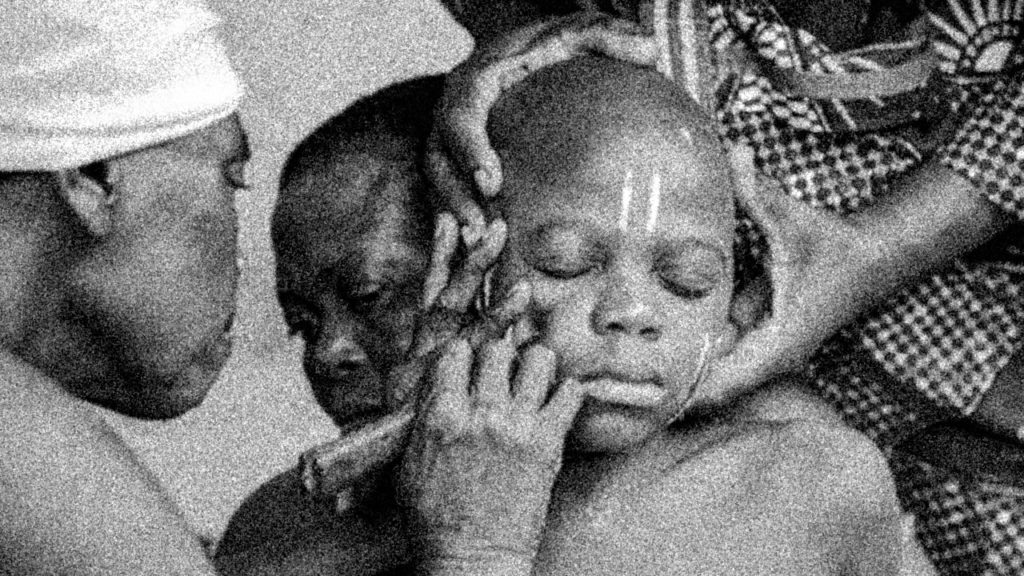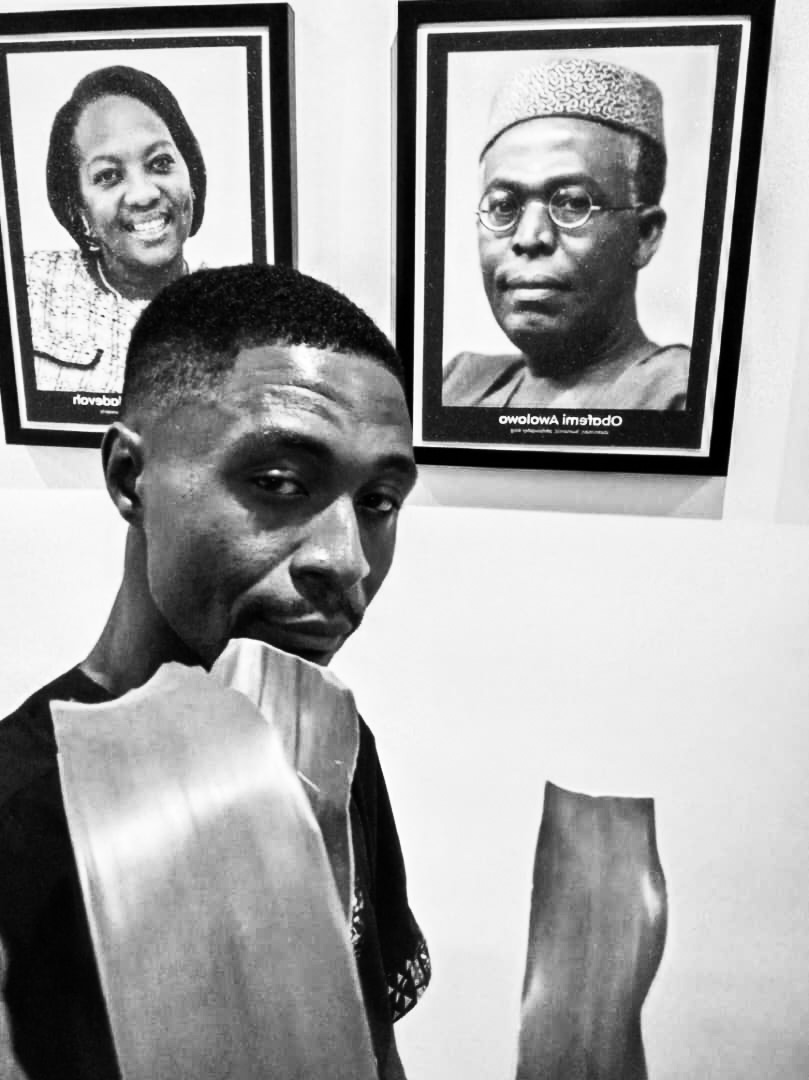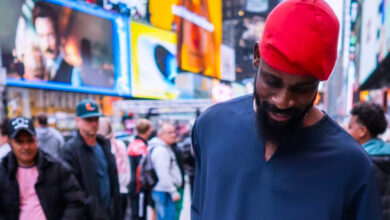Why Yoruba tribal marks are fading away
The Yorubas represent one of the main Nigerian tribes among whom the practice of facial mutilation appears to be lingering but it seems, only by a thread.

Once upon a time among the Yorubas, tribal marks were the ‘in’ thing’. They were the ultimate fashion statement, a social status symbol, and a GPS all rolled into one. If you wanted to know who was who, where they were from, or even their favourite food, you just had to decode the lines on their faces. It was like a human barcode system, but with more artistic flair.
Pele, a type of tribal mark only draws three lines across the face while the Owu markings are double the amount. But as time marched on, these facial etchings began to see a decline. Why, you ask? Well, let’s take a whimsical wander down history lane and explore the reasons behind the gradual extinction of tribal marks among the Yoruba people.
Firstly, the decline can be linked to the more relatable ‘ouch’ factor since getting one’s face etched with a blade was not exactly a walk in the park. It was more like a sprint through thorny edges. And as modern medicine pointed out the health risks, people started saying that maybe we don’t need to cut our faces to be hip.
ALSO READ: The reasons Igbo and the Yoruba are so close are food and something else
With the world becoming a global village, the Yoruba people started swapping facial lines for Facebook lines. Why carve your lineage into your cheeks when you can just post it on social media? Plus, with the advent of smartphones, nobody needed facial marks to tell them apart anymore.
A Sage Journal research in 2023 is bringing all to bear concerning the reason why tribal markings are fading. It considered several personal accounts, including from one interviewee named Ellis.
Having moved to the city from a remote location, the subject had found the switch quite uneasy because the new environment made fun of him.
I came to Lagos in search of greener pastures, but my tribal marks appear to be a blockade. Yes, occasionally, some people mock my tribal marks in the village, but the mockery I get in the city is enormous.
I felt psychologically abused and sickened when someone referred to me as a demon on a bus. I wish I [could] clean them off my face, says the 42-year-old Ellis. He was a year younger when the Sage Journal article was published, and since then the appreciation for facial mutilation cannot be said to have gotten any better.

Learning has played a part in the loss of appetite for traditional marks. As literacy rates soared, names and surnames became the new identifiers, pushing tribal marks to the backseat. People realised that they could honour their heritage without having to look like a walking ancestry chart.
ALSO READ: The absolute pride that a US screenwriter feels after tracing ancestral roots to Igbo land
And let’s not forget the influence of beauty standards. As international beauty norms seeped in, the idea of facial scars being ‘attractive’ took a backseat. The Yoruba people started favouring a smooth canvas over the traditionally etched one.
The position [of marketing manager] became vacant and two of us applied for it, says another interviewee, Caroline who is 38 years old. I knew I [would] not get it because the managing director is not a fan of my facial marks – he always complained about them. This is the second time this is happening. He later told me that the marketing manager role involves meetings with clients who may not like my facial marks and that he doesn’t like it either.
It’s a bit tricky to apply foundation evenly over tribal marks although makeup artists can challenge that notion by making a surgical tool out of a variety of powders. To entirely do away with such stress is why the new generation is mostly discontinuing this tradition of tribal markings and there appears to be no going back.

Ayodelé is a Lagos-based journalist and the Content and Editorial Coordinator at Meiza. All around the megacity, I am steering diverse lifestyle magazine audiences with ingenious hacks and insights that spur fast, informed decisions in their busy lives.


![Showcasing one’s personality by hanging local art pieces is for the artsy mind and those who can stomach hours at the museum or gallery and draw reflections out of it. [Delaroke Art Gallery; Google Photos]](http://meiza.ng/wp-content/uploads/2023/02/delaroke-e1717610073657-390x220.jpg)
![The start of a new marital journey is being witnessed by a thousand lion heads. [Instagram - Deji & Kola]](http://meiza.ng/wp-content/uploads/2024/01/The-start-of-a-new-marital-journey-is-being-witnessed-by-a-thousand-lion-heads.-Instagram-Deji-Kola-e1719219145199-390x220.jpg)


